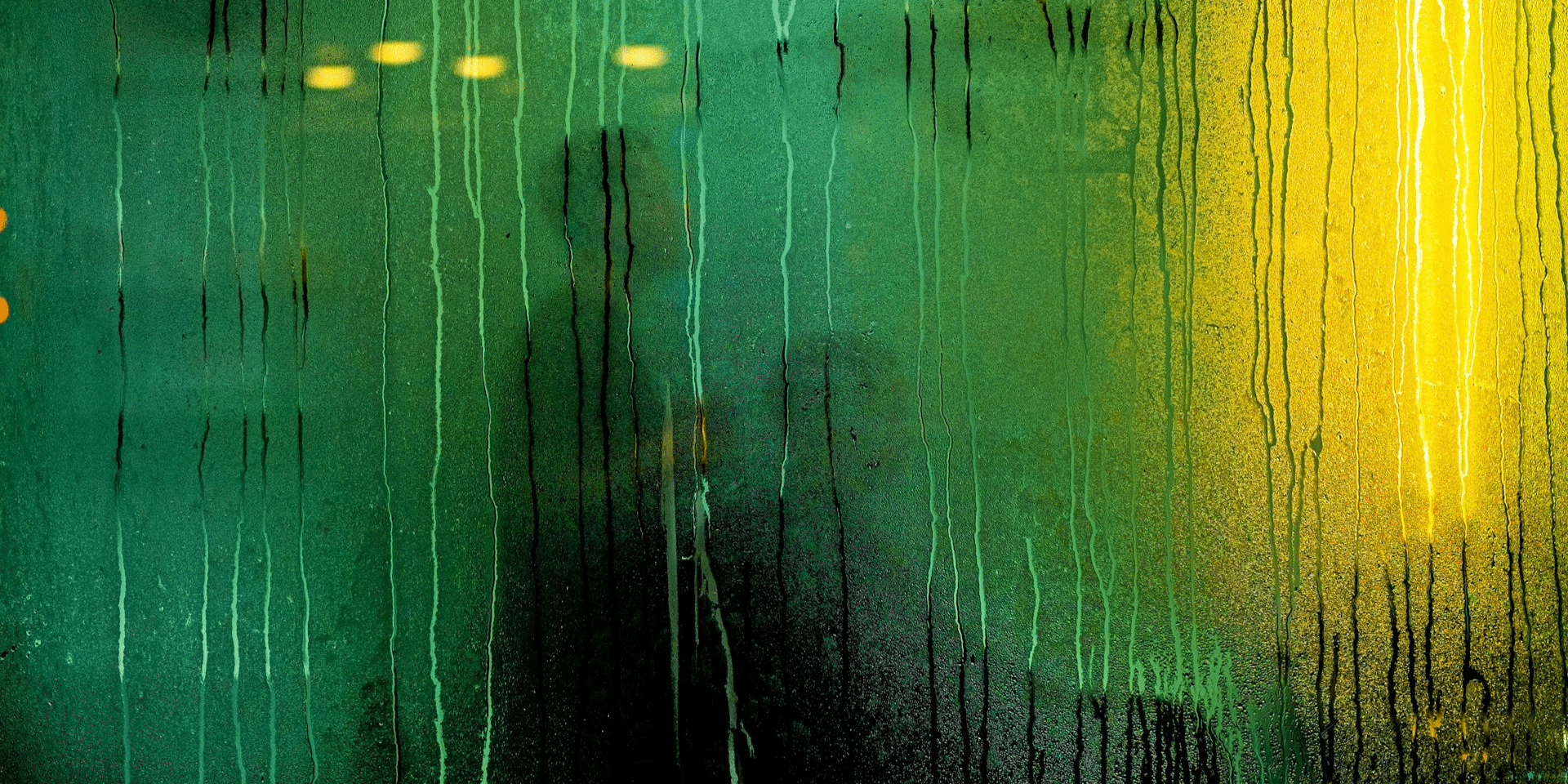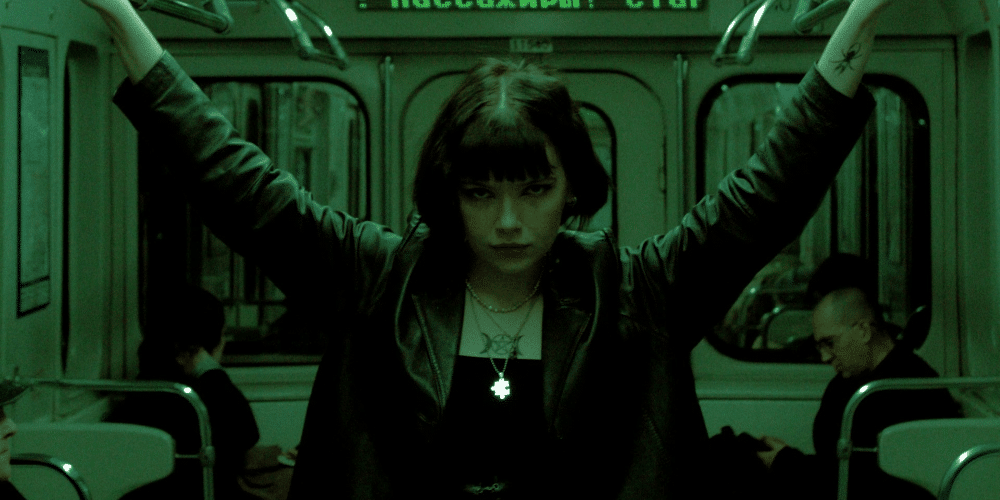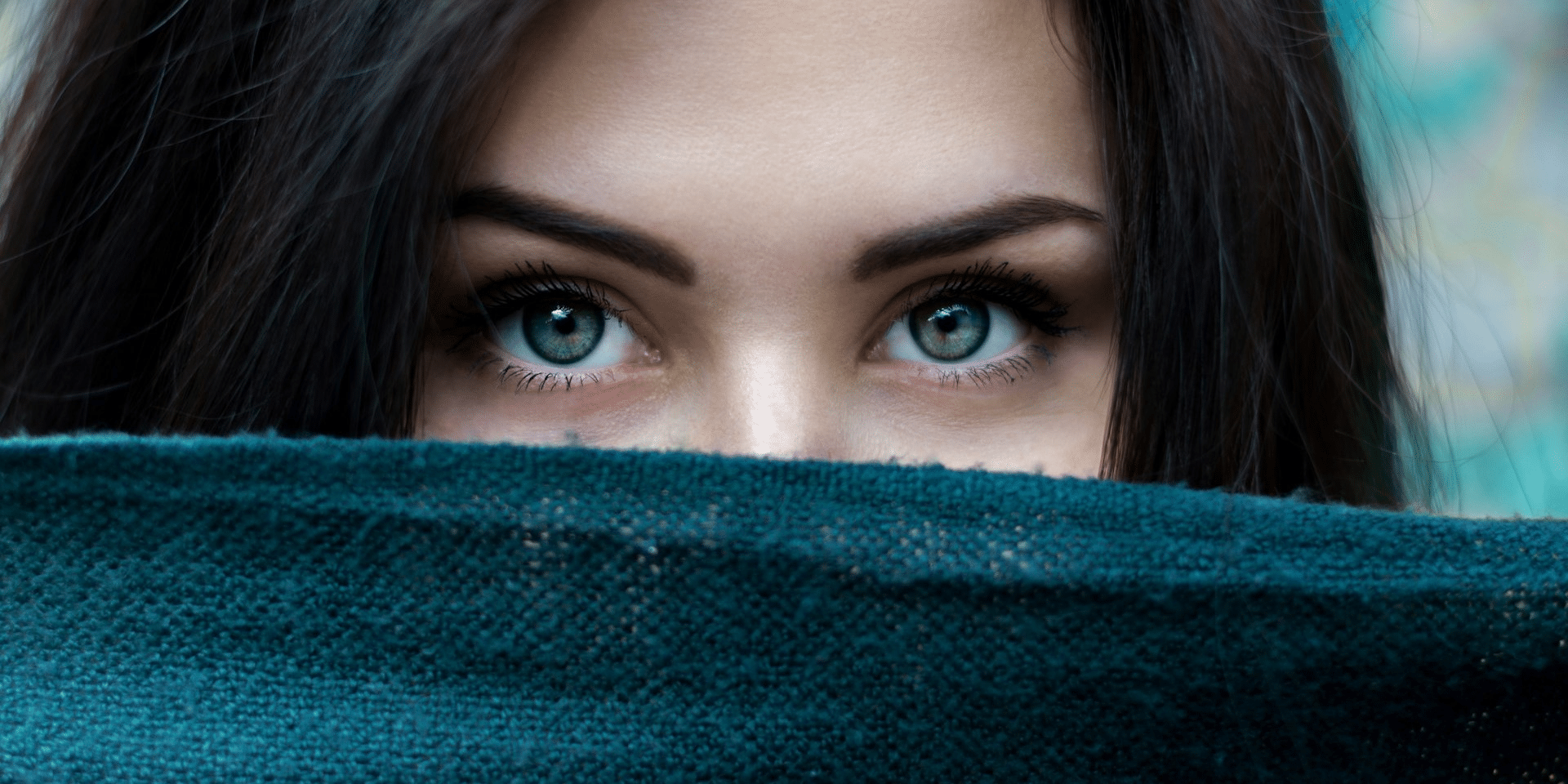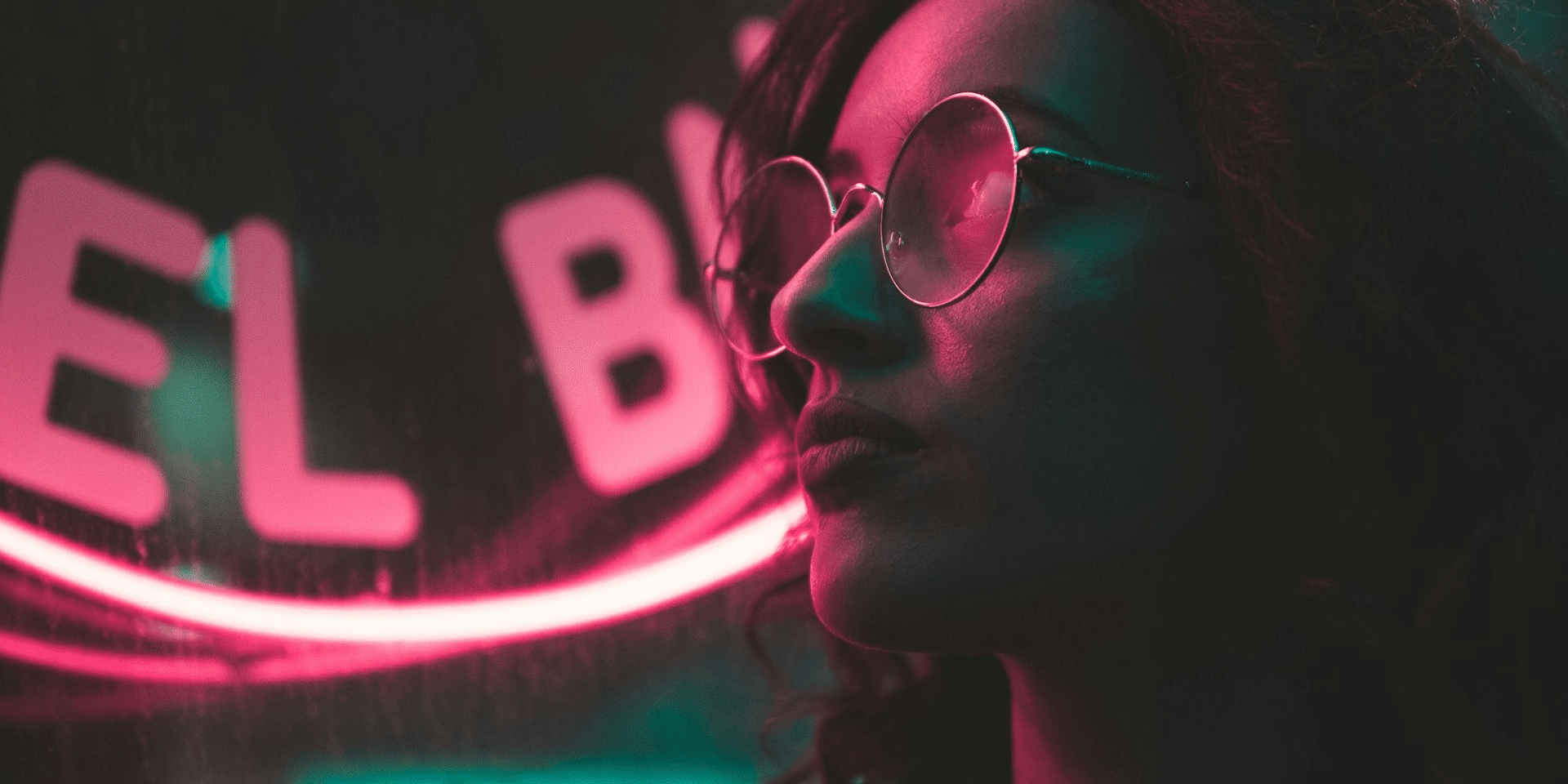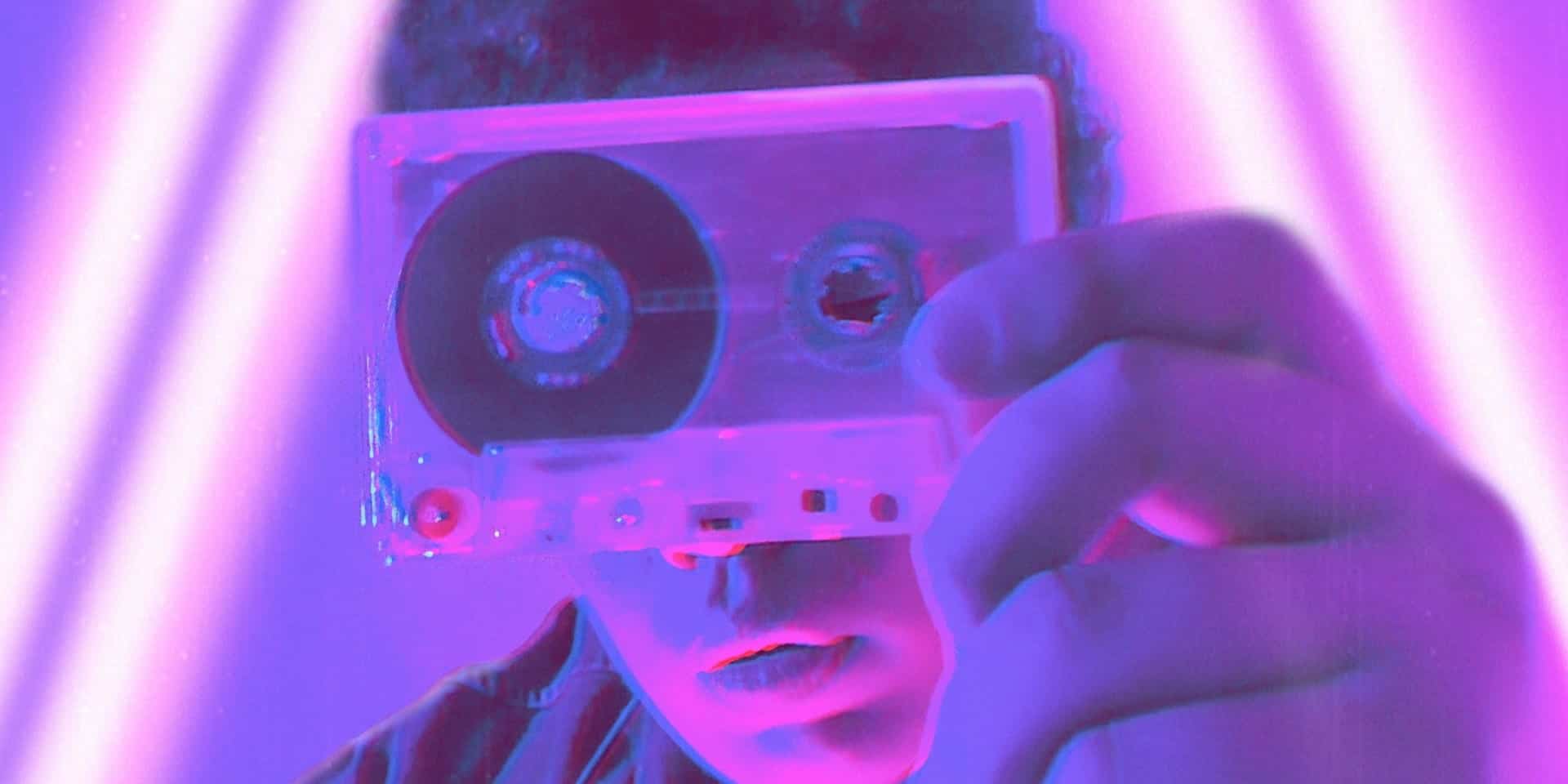Have you ever noticed that some movies or TV shows have a distinct greenish hue, especially in scenes meant to evoke a sense of moodiness or tension? This deliberate use of green tint in productions is not a random choice but a carefully considered cinematographic technique. In this article, we’ll delve into why productions use green tint for moody tones, how it affects the viewer’s perception, and examples of its application in film and television.
Creating Atmosphere and Ambiance
Green tint is often employed by filmmakers to create a specific atmosphere and ambiance in their productions. The cool, muted tones associated with green can convey a sense of mystery, unease, or otherworldliness, depending on the context of the scene. By manipulating color temperature and saturation, cinematographers can evoke different emotional responses from viewers, drawing them deeper into the narrative and enhancing the overall mood of the story.
Evoking Emotions
Colors have a powerful impact on our emotions and perceptions, influencing how we interpret and experience visual stimuli. Green, in particular, is associated with feelings of calmness, serenity, and sometimes, eeriness. By using green tint strategically, filmmakers can tap into these emotional associations to enhance the mood of their scenes and evoke specific reactions from viewers. Whether it’s creating a sense of foreboding in a horror film or conveying the melancholy of a dramatic moment, green tint can help filmmakers convey complex emotions in a visually compelling way.
Symbolism and Subtext
In addition to its emotional impact, green tint can also carry symbolic meaning and subtext in film and television. In many cultures, green is associated with themes of growth, renewal, and the natural world. However, it can also symbolize jealousy, sickness, or decay, depending on the context. By incorporating green tint into their productions, filmmakers can add layers of meaning and subtext to their storytelling, enriching the narrative and engaging viewers on a deeper level.
Foreshadowing and Foreboding
In some cases, green tint is used as a visual cue to foreshadow future events or hint at underlying themes within the story. By subtly incorporating green into certain scenes or sequences, filmmakers can plant seeds of anticipation or unease in the minds of viewers, setting the stage for dramatic reveals or plot twists later on. This use of visual foreshadowing adds an element of suspense and intrigue to the narrative, keeping audiences on the edge of their seats and invested in the story’s outcome.
Examples in Film and Television
Green tint has been utilized by filmmakers for decades to achieve a variety of visual effects and convey different moods and themes. From classic Hollywood films to contemporary television series, here are some notable examples of its application in productions:
“The Matrix” (1999)
One of the most iconic uses of green tint in cinema can be found in “The Matrix,” directed by the Wachowskis. The film’s distinctive green color palette is used to represent the simulated reality of the Matrix itself, contrasting with the cooler, bluer tones of the real world. This visual distinction helps reinforce the film’s central themes of illusion versus reality and adds to its futuristic, dystopian aesthetic.
“The Social Network” (2010)
In David Fincher’s “The Social Network,” green tint is used to convey the intense, competitive atmosphere of the tech industry and the moral ambiguity of its central characters. The film’s muted, desaturated color palette, which includes subtle hints of green, reflects the cold, calculating nature of the business world and the emotional distance of its protagonists. This use of color helps reinforce the film’s themes of ambition, betrayal, and the human cost of success.
“Breaking Bad” (2008-2013)
In the critically acclaimed television series “Breaking Bad,” green tint is used to signify the moral decay and psychological deterioration of its main character, Walter White. As Walter becomes increasingly enmeshed in the world of drug manufacturing and distribution, the show’s cinematography gradually shifts towards a greenish hue, mirroring his descent into darkness and moral ambiguity. This use of color helps convey the emotional complexity of the character and adds to the show’s overall sense of tension and foreboding.
Green Tints Paint a Bleak Picture
In conclusion, the use of green tint for moody tones in productions is a deliberate cinematographic technique employed by filmmakers to enhance atmosphere, evoke emotions, and convey symbolic meaning. Whether it’s creating a sense of tension in a suspenseful thriller or foreshadowing future events in a mystery, green tint can add depth and nuance to storytelling, engaging viewers on both a visual and emotional level. By understanding the significance of color in cinematography and its impact on audience perception, filmmakers can harness the power of green tint to create visually stunning and emotionally resonant cinematic experiences.

